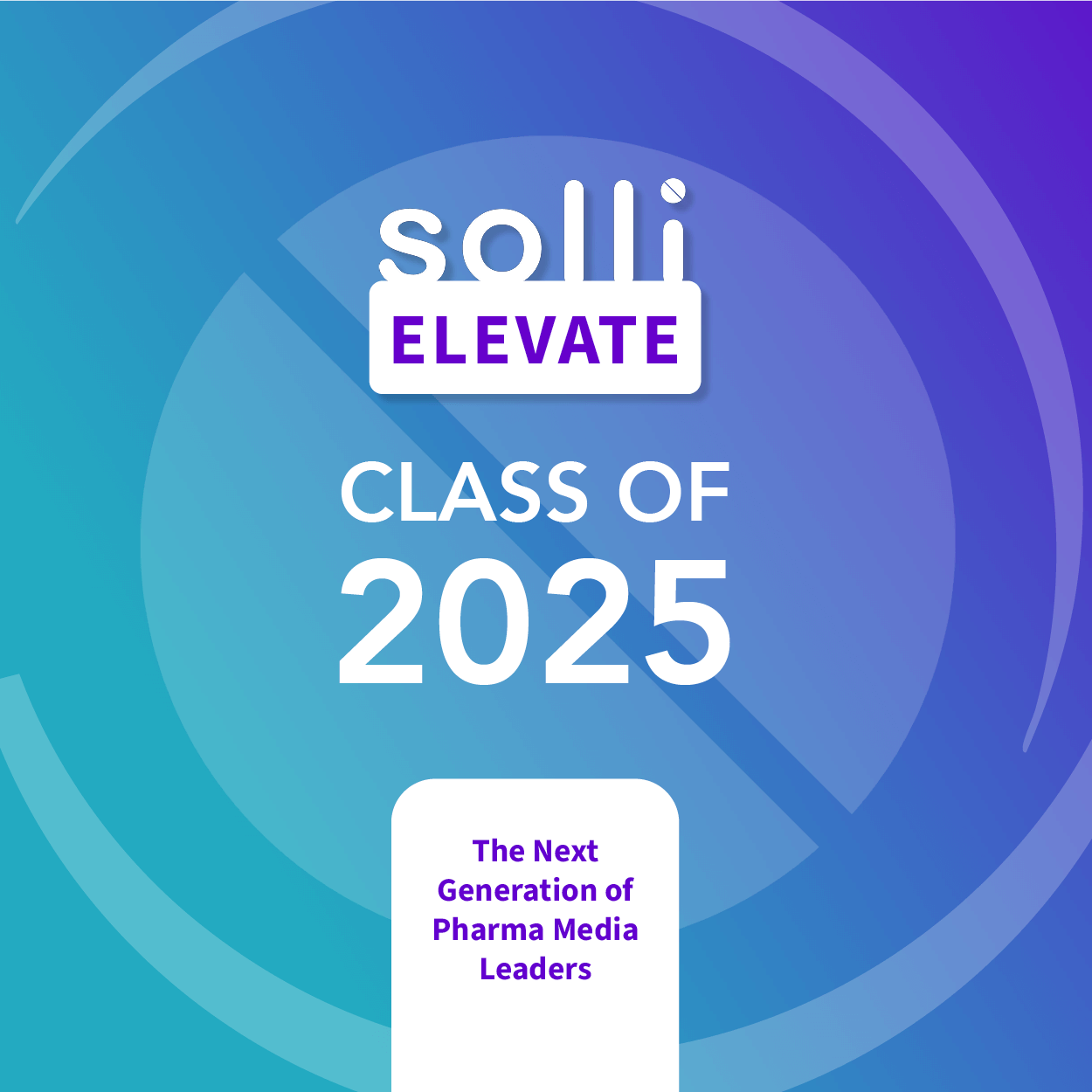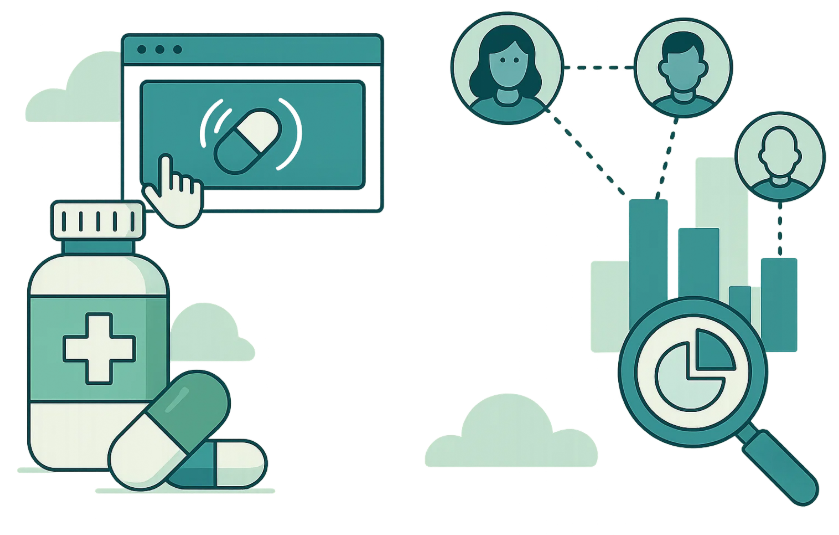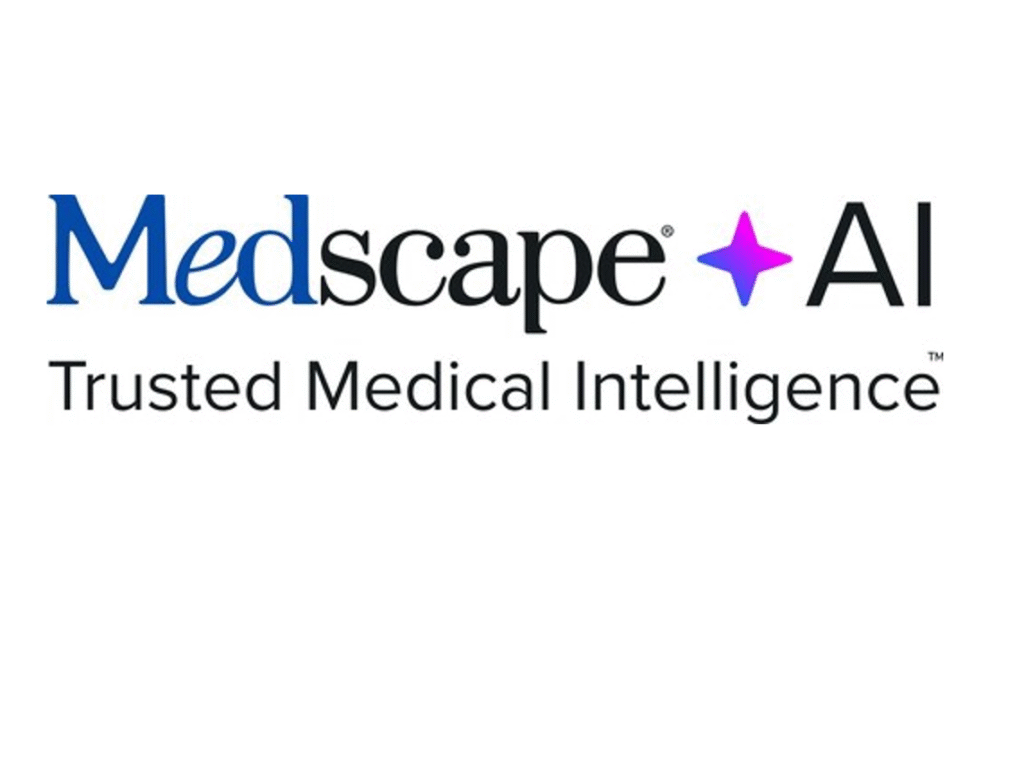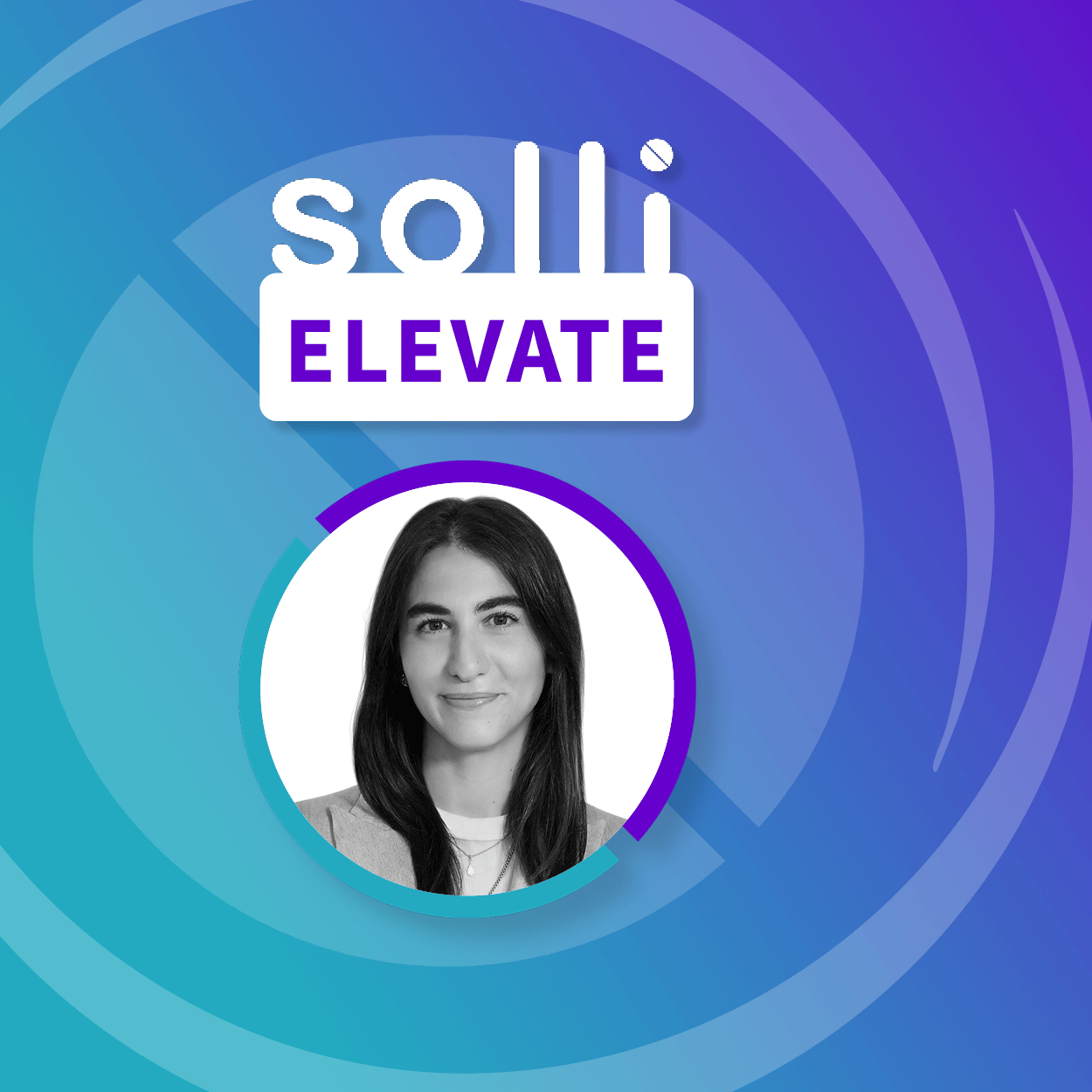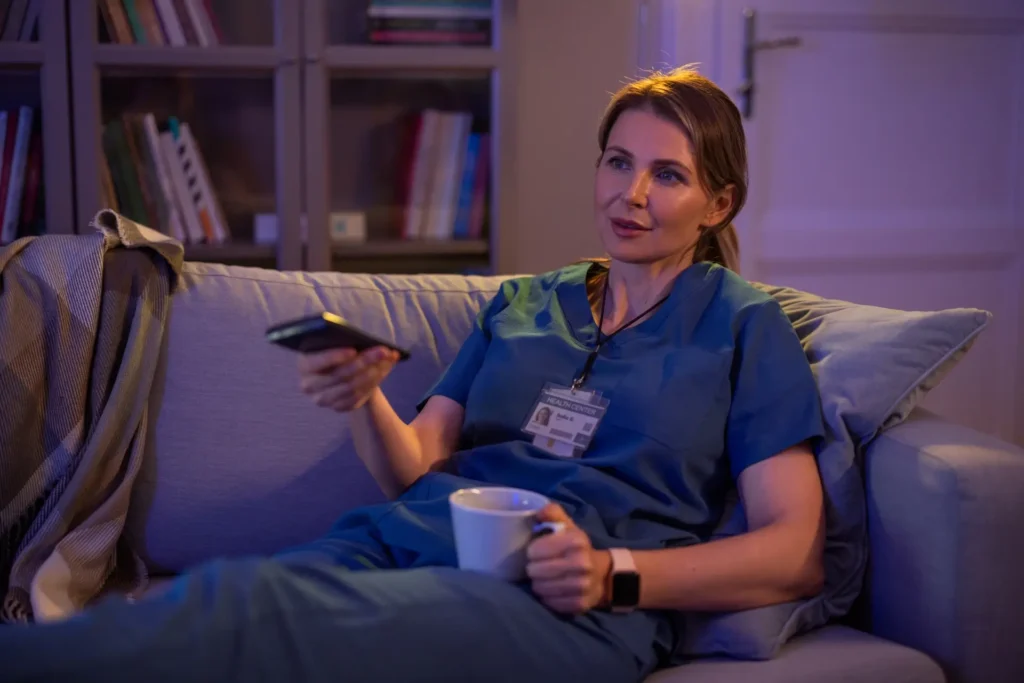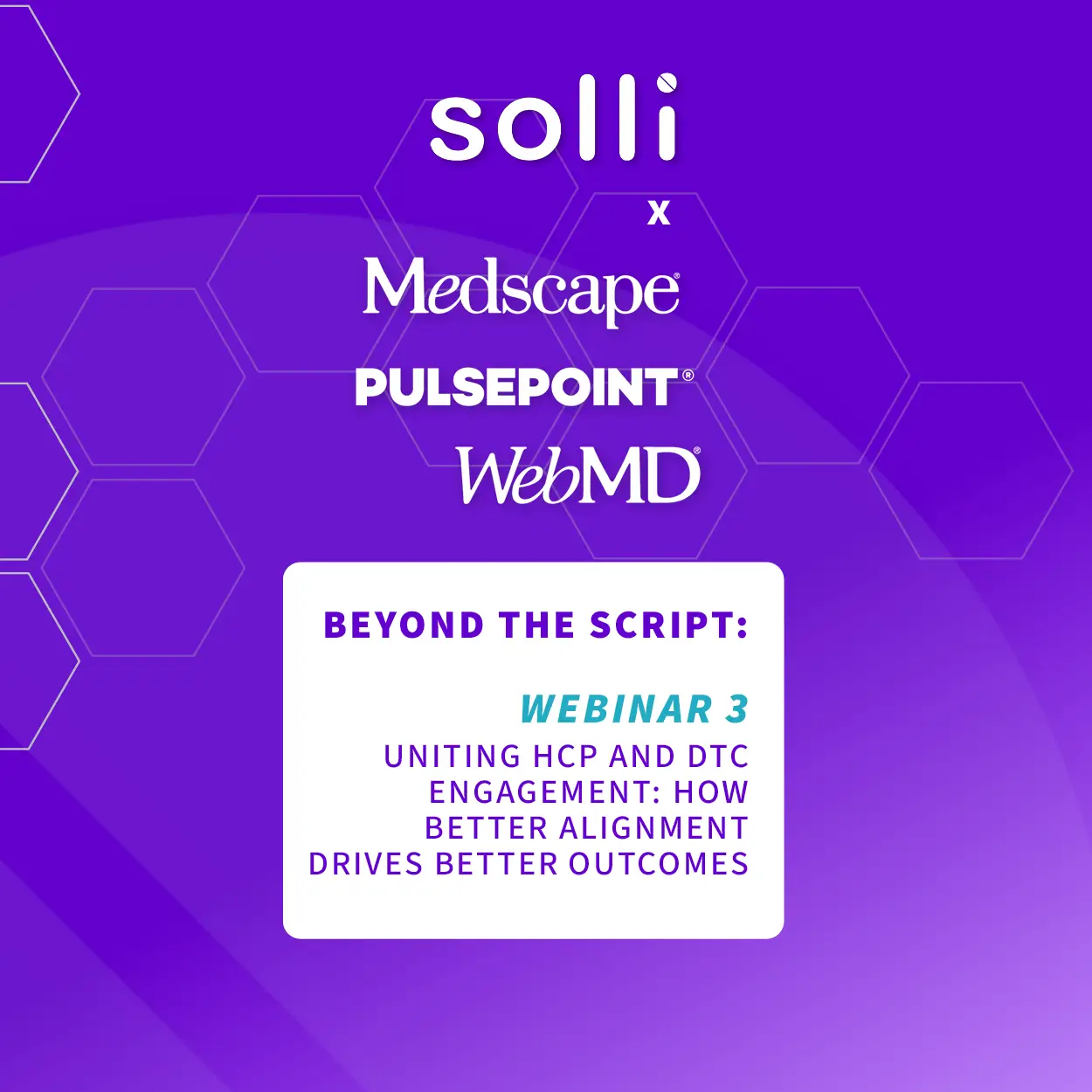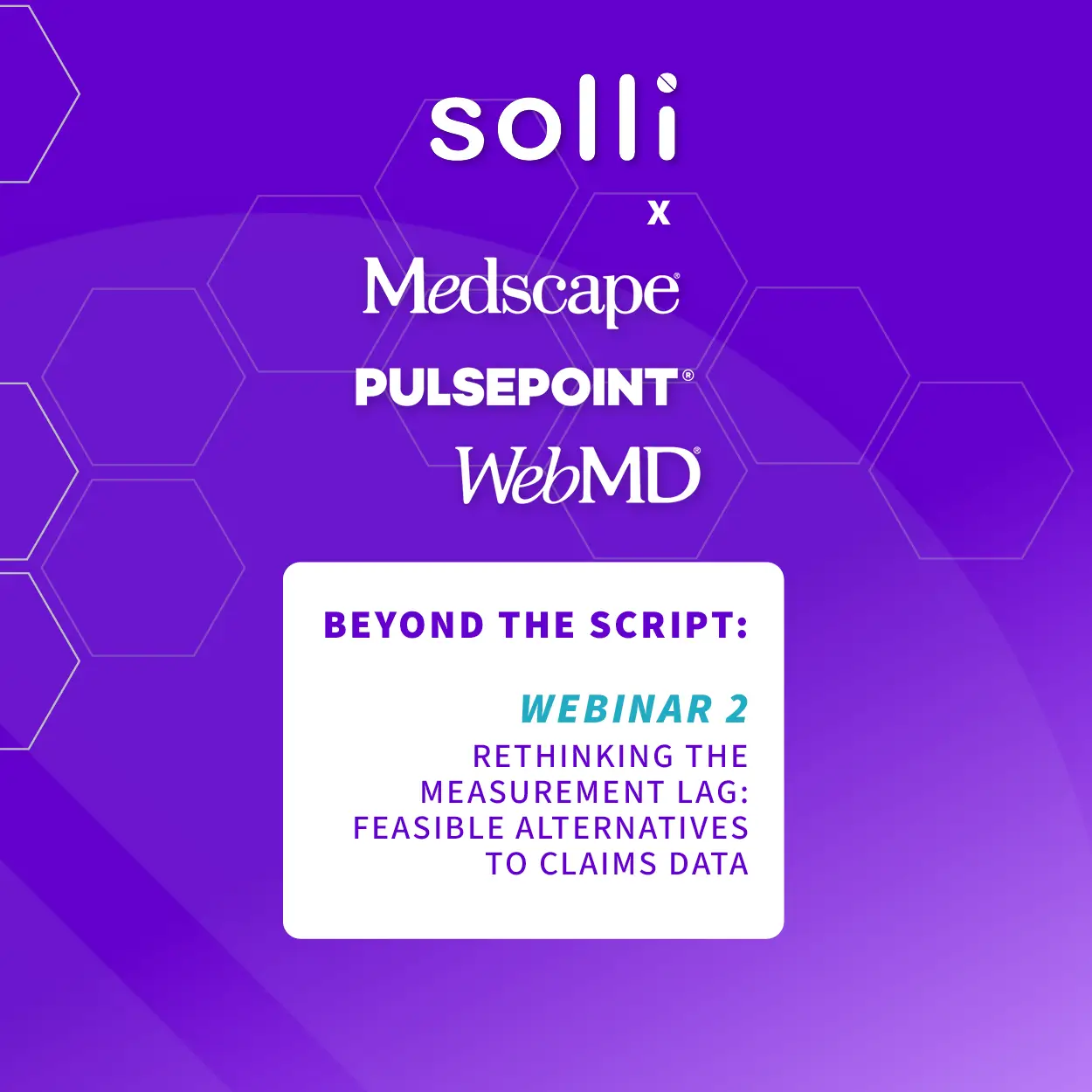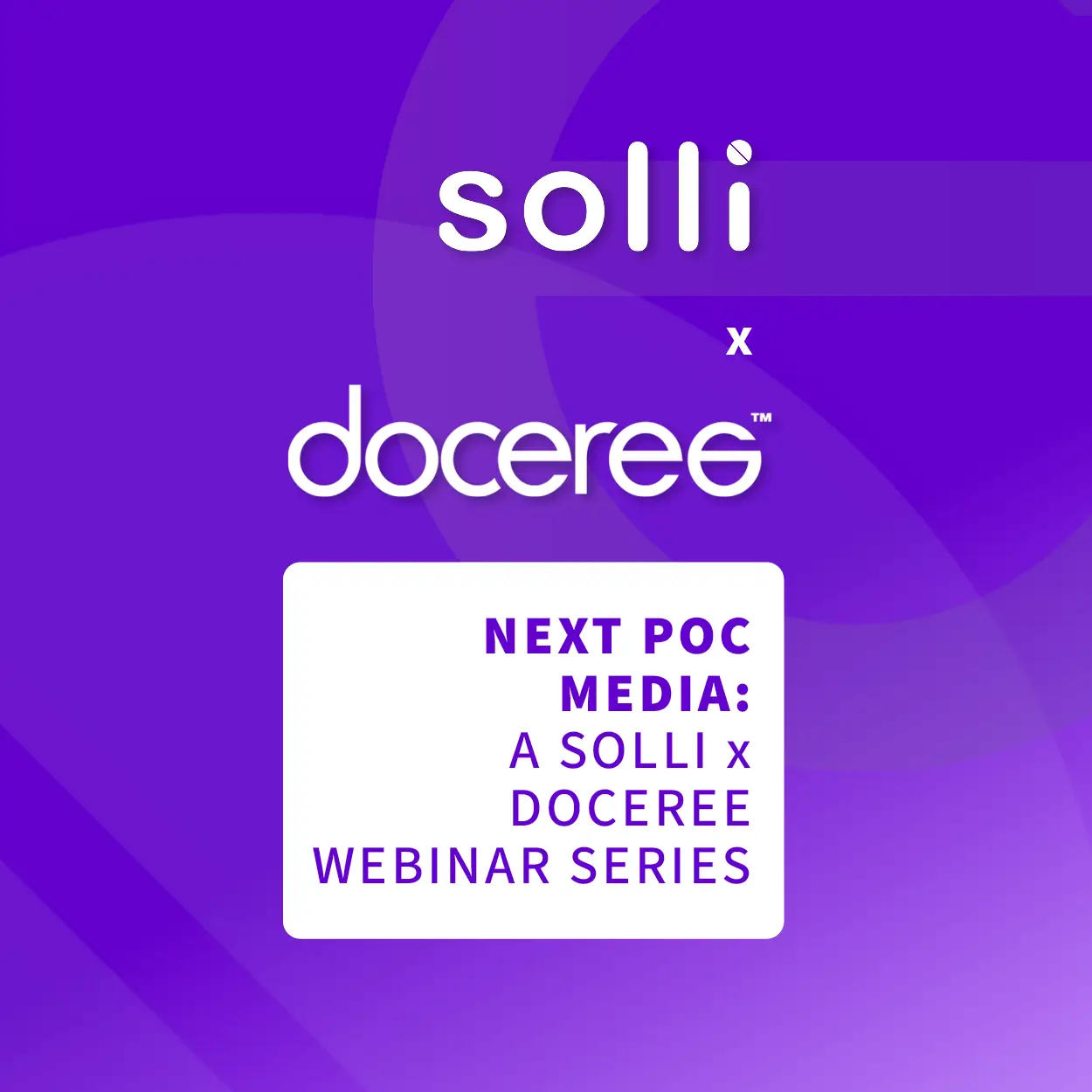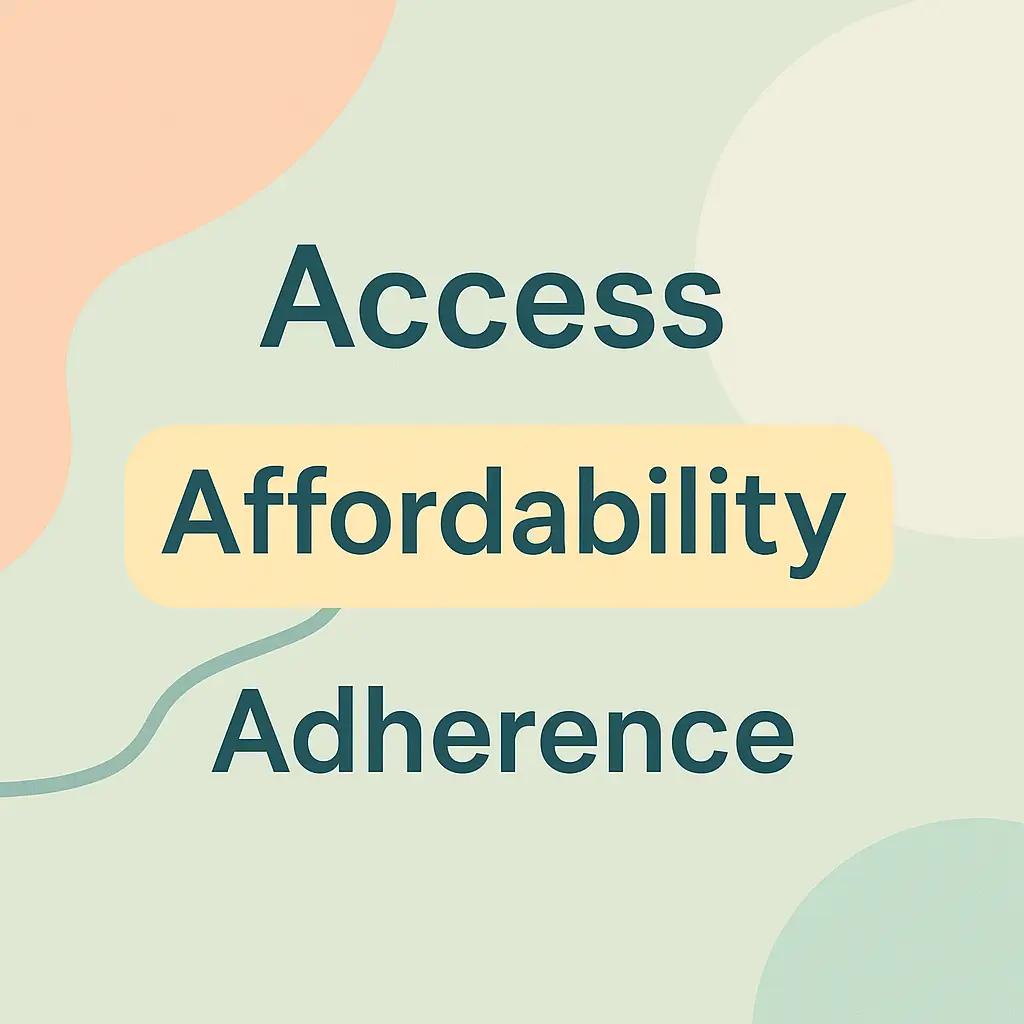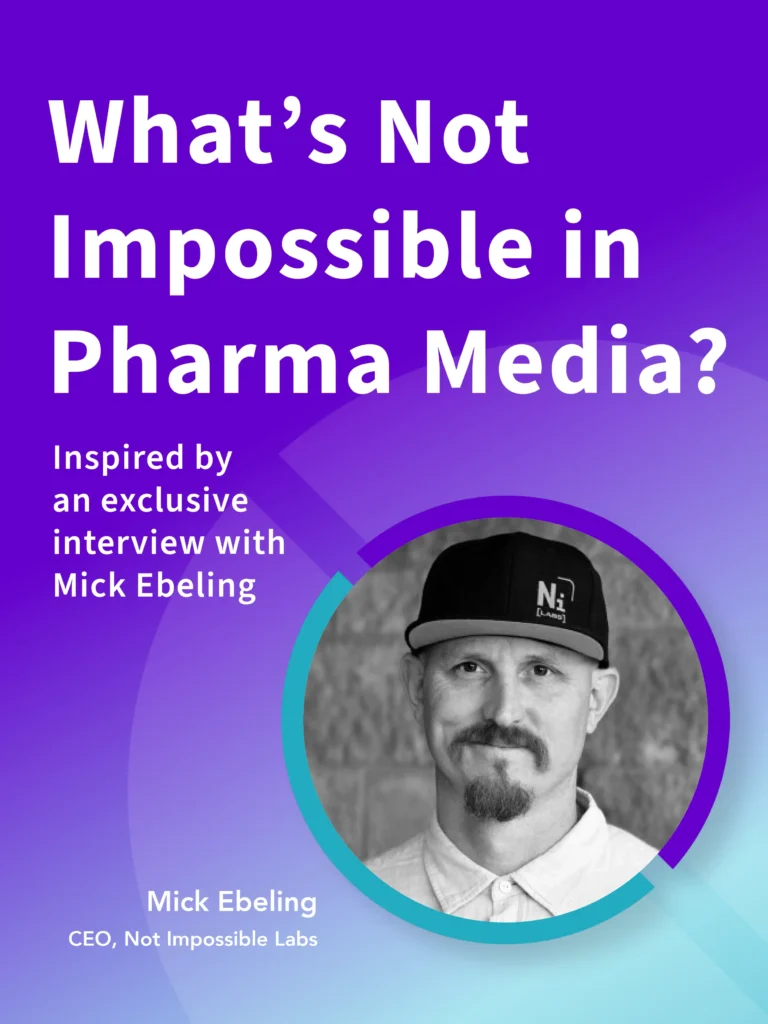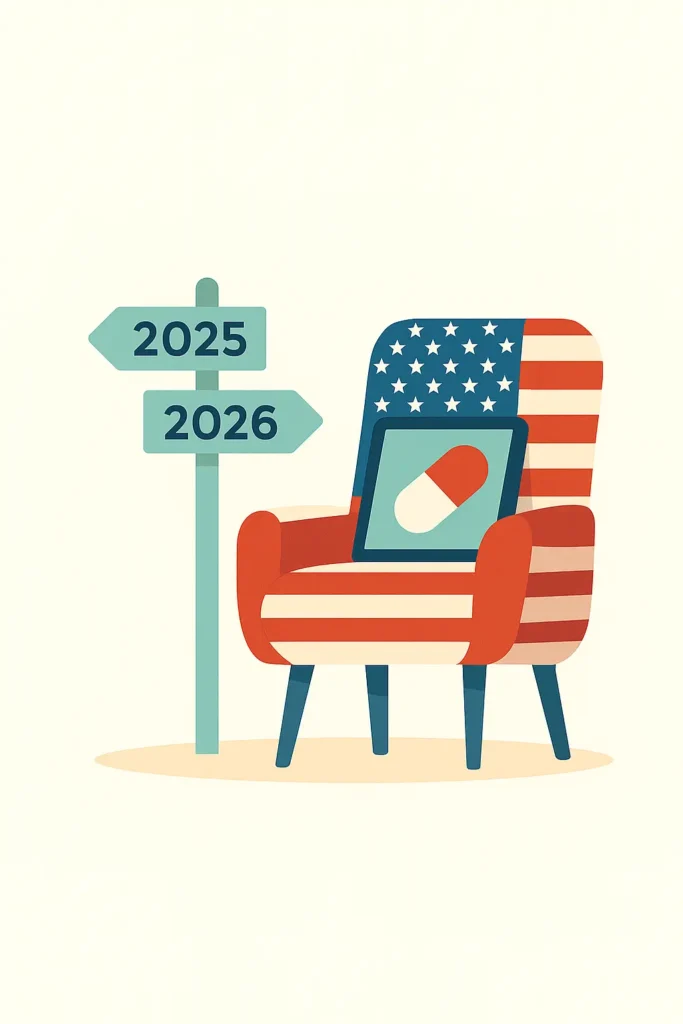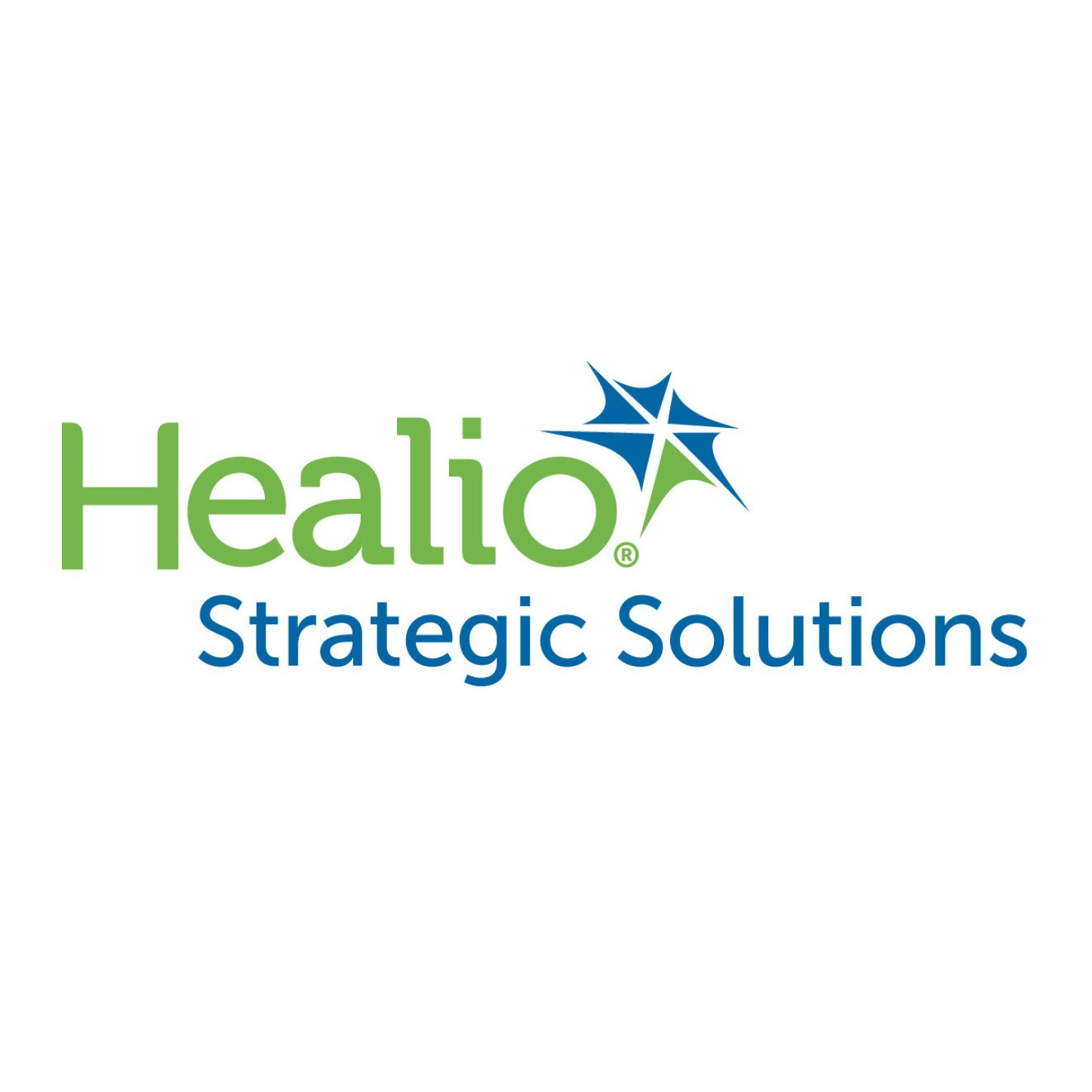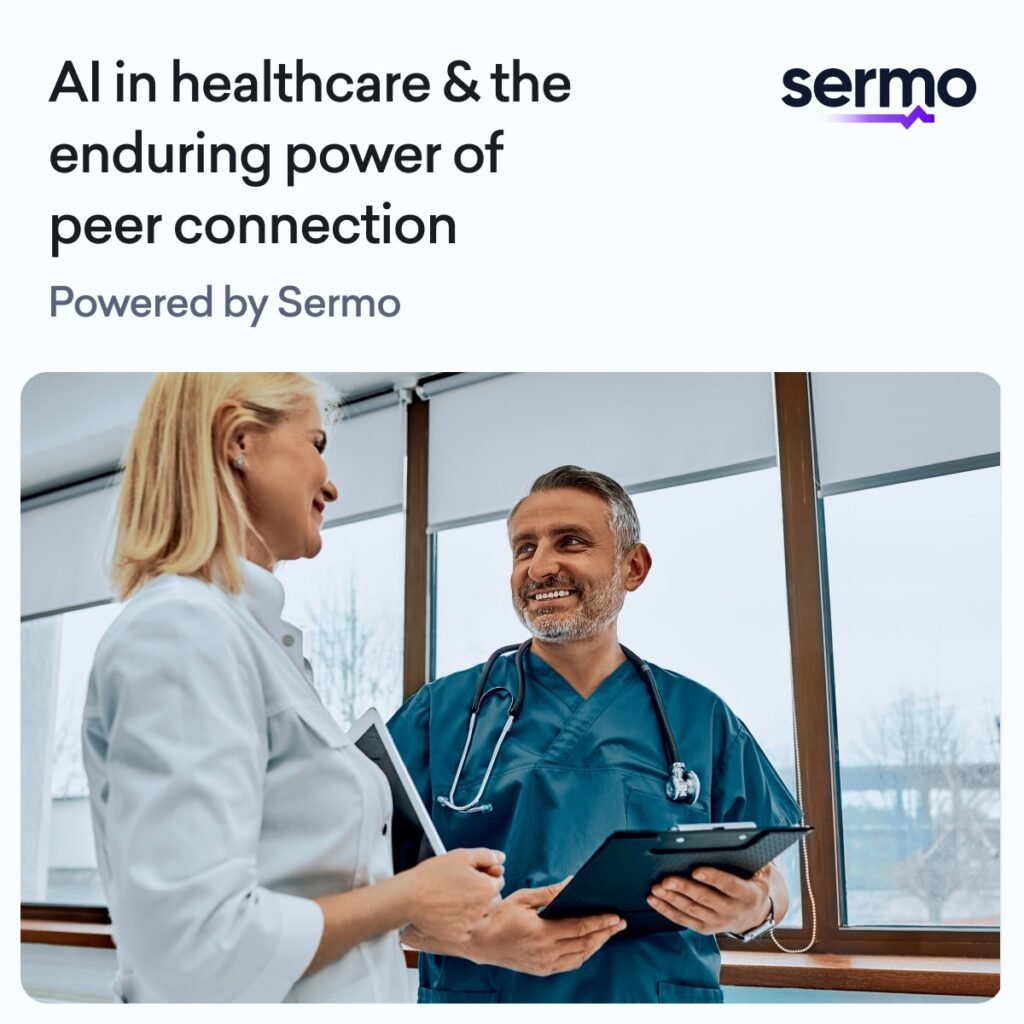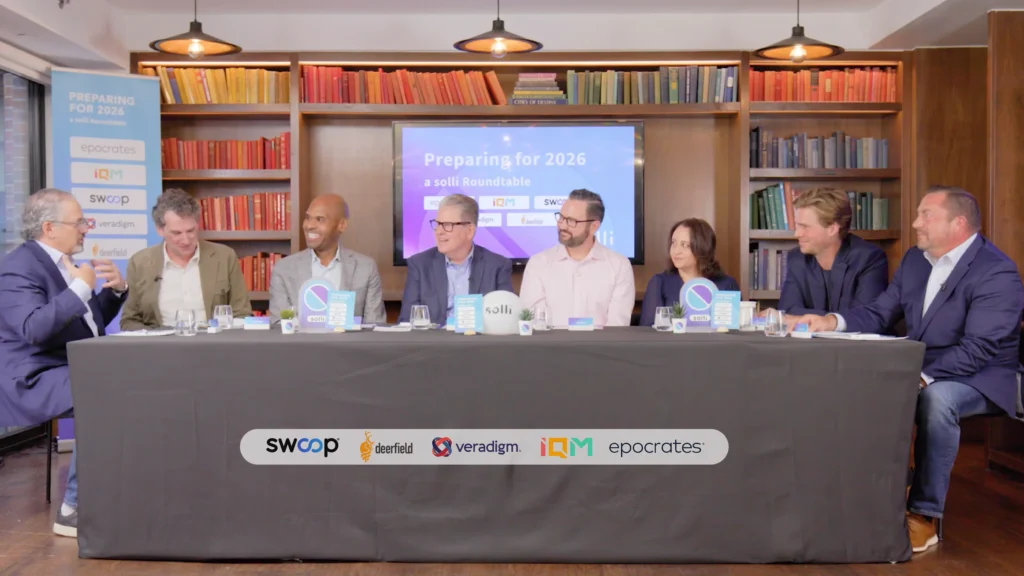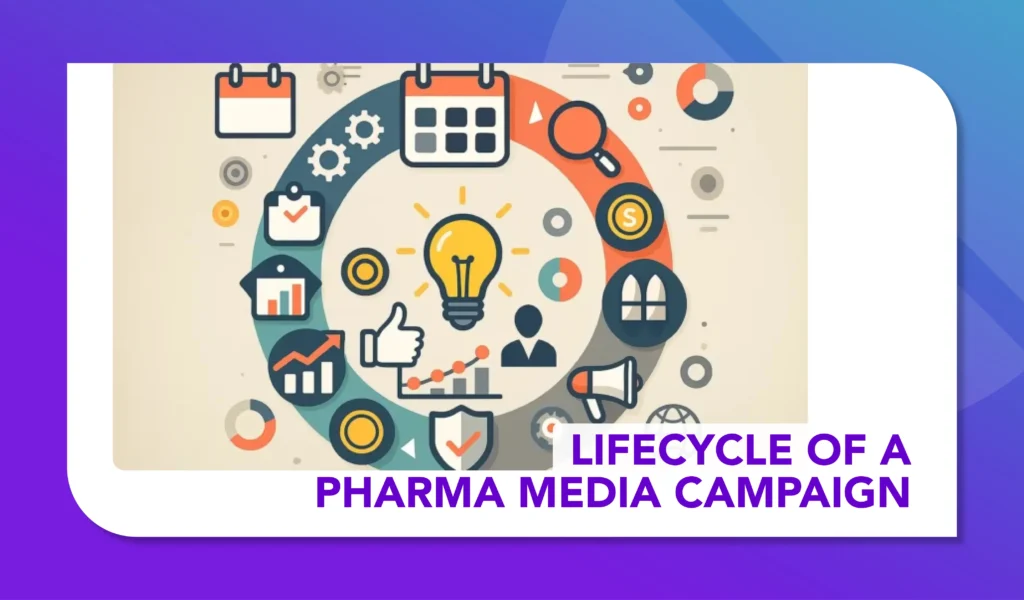WEBINAR 3: Next POC Media – a solli x Doceree Webinar Series
Webinar 3: Tech-Enabled Transformation - POC Media in the Digital Era

The third episode of the Next POC Media webinar series – hosted by solli in collaboration with Doceree – unpacked how cutting-edge technologies are revolutionizing the Point-of-Care (POC) media space.
Titled Tech-Enabled Transformation: POC Media in the Digital Era, this session explored how AI, real-time EHR data, and telemedicine integration are reshaping the way healthcare marketers engage with both patients and HCPs at the point of care.
Moderated by Richard Springham, CEO of solli, the conversation brought together three seasoned voices: Hadi Chaudhry (Co-CEO, CareCloud); Ari Wexler (Group SVP, Engagement Strategy, CMI Media Group); Kamya Elawadhi (Chief Client Officer, Doceree). Together, they explored how technology is not just enhancing POC media- it’s redefining it.
WATCH THE FULL WEBINAR HERE:
Plus, a distilled recap of the key takeaways:
Real-Time EHR Data: A Bridge Between Insight and Action
Hadi Chaudhry kicked off the discussion by outlining how real-time EHR data creates a trusted, intelligent engagement loop before, during, and after a patient visit. By surfacing actionable clinical data, like overdue screenings or missed refills, POC media becomes more timely and contextually relevant.
Kamya Elawadhi added that real-time data fuels more dependable patient–physician dialogues, especially in areas such as specialty drugs and clinical trials, where precision is critical. She emphasized the role of ICD-10, NDC, and prescribing behavior as data touchpoints that elevate messaging value.
Ari Wexler highlighted how evolving standards, such as HL7, are improving interoperability and enabling more refined targeting strategies across institutional platforms, thereby expanding the reach and depth of campaigns.
AI-Powered Personalization: From Segments to Individuals
AI is transforming POC media from broad segmentation to dynamic, micro-level personalization. Ari described how AI can ingest and process massive structured and unstructured datasets to uncover previously invisible patient segments, informing highly specific creative testing and messaging strategies.
Kamya emphasized that AI also unlocks one-to-one personalization with physicians, allowing for individualized learning journeys based on unique behaviors and preferences—a game changer in how media is bought and measured.
The panel agreed: AI not only powers more intelligent planning, but also sharper measurement. It enables earlier insight generation and real-time campaign optimization, making POC a continuously learning ecosystem.
Ethical Data Use: Building Trust Through Transparency
The panel stressed that with greater personalization comes greater responsibility. Hadi noted the risks of patient re-identification and perceived commercialization. The solution? Clear, transparent data use policies and working only with vendors who meet strict compliance standards, like HIPAA certification.
Kamya reaffirmed that trust starts with infrastructure – compliance isn’t just a checkbox but a foundation for ethical, effective POC engagement.
Telemedicine: Redefining the Point of Care
With telehealth now integrated into 79% of health systems, the concept of POC has fundamentally expanded. Ari described how virtual visits are opening up new moments for messaging, from pre-consultation education to post-visit adherence support.
Hadi underscored the importance of EHR-integrated telemedicine platforms, which allow brands to maintain personalized, context-aware engagement in both in-person and virtual settings.
Kamya concluded that while not all care can be delivered remotely, telehealth reduces the in-person burden, particularly in specialties where virtual check-ins are viable, thereby enhancing scale and access.
Looking Ahead
This third installment in the Next POC Media series showcased how digital transformation is pushing the POC frontier forward. By combining EHR data, AI, and telehealth under a unified strategy, marketers can meet HCPs and patients where they are—both physically and digitally—with messages that resonate.
Stay tuned for the next episode, “Understanding the Guidelines: Navigating Compliance in the POC Landscape,” where we’ll unpack the evolving regulatory, ethical, and data privacy challenges shaping Point-of-Care advertising—and how brands can stay ahead in a shifting compliance environment.

